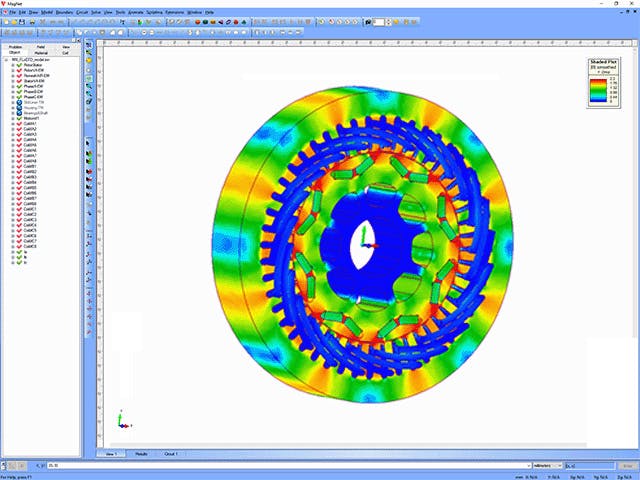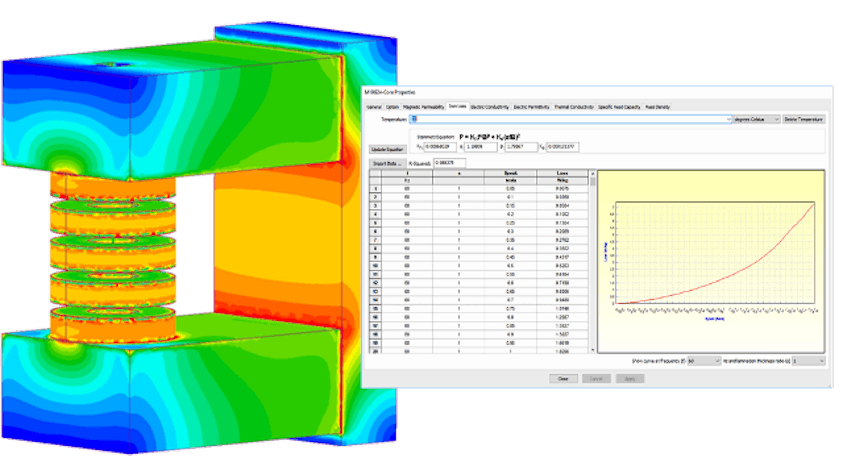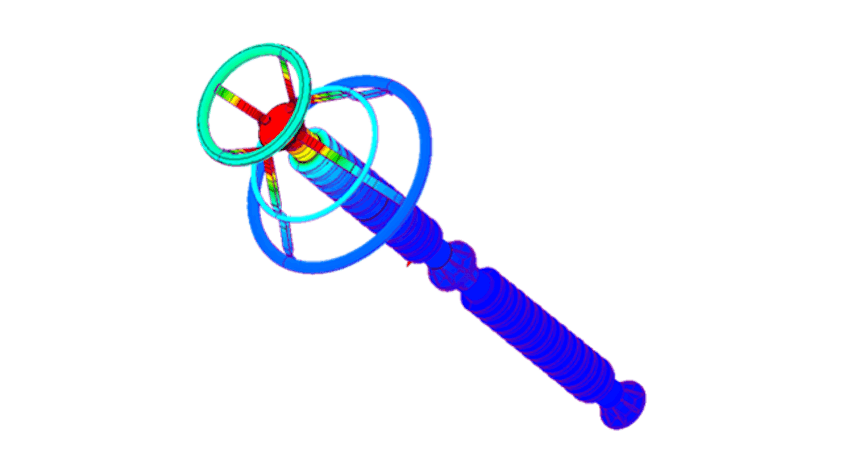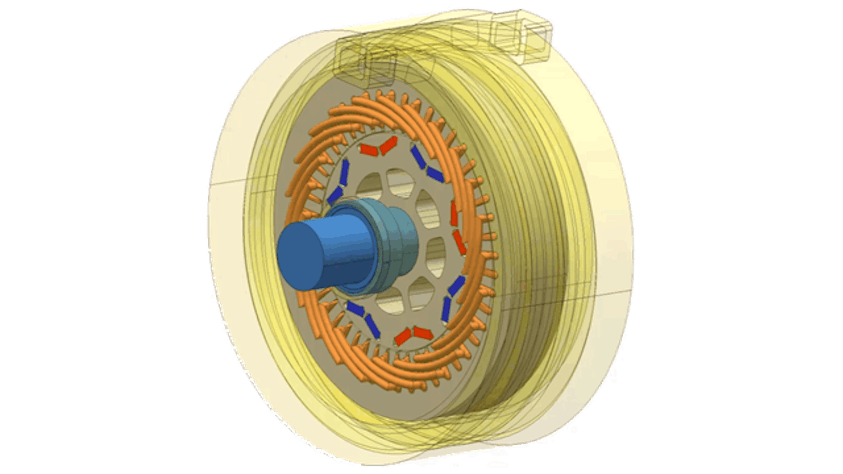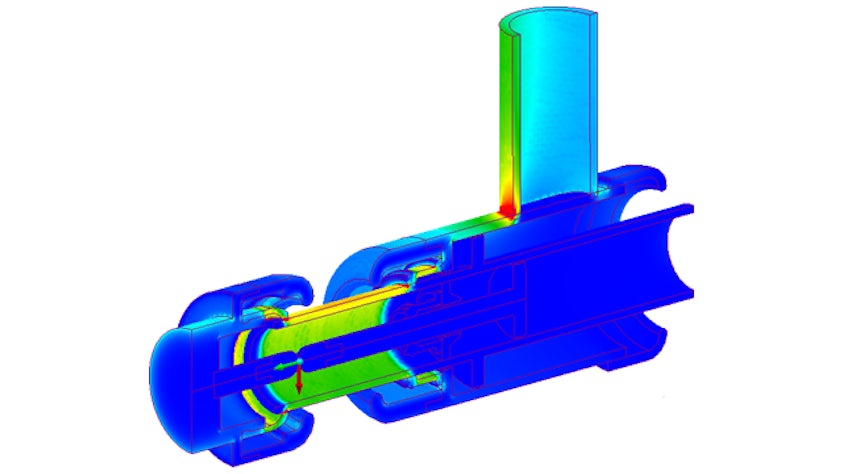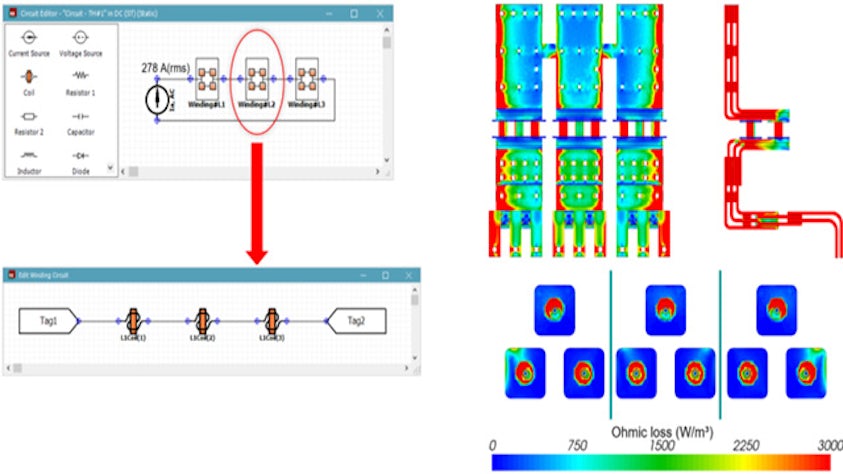Simcenter MAGNET은 모터, 발전기, 센서, 변압기, 액추에이터, 솔레노이드 또는 영구 자석이나 코일이 있는 모든 컴포넌트의 성능을 예측할 수 있는 강력한 전자기장 시뮬레이션 솔루션입니다.
전자기 장치의 물리학 모델링
Simcenter MAGNET에는 전자기 장치의 물리학을 정확하게 모델링할 수 있는 기능이 포함되어 있습니다. 여기에는 제조 공정, 온도에 따른 재료 특성, 자화 및 탈자화 모델링, 벡터 히스테리시스 모델 등을 모델링하는 기능이 포함됩니다.
Simcenter MAGNET에는 6개의 자유도(6 Degree of Freedom) 기능을 갖춘 모션 솔버도 내장되어 있습니다. 자기 부상이나 복잡한 동작과 같은 복잡한 문제를 정확하게 모델링하고 분석할 수 있습니다. 이러한 기능은 고유한 스마트 리메싱 기술 덕분에 가능합니다.
시뮬레이션 자동화를 통한 가능성 탐색
효율적인 설계 프로세스에는 워크플로에 맞게 사용자 지정할 수 있는 도구가 필요합니다. Simcenter MAGNET에는 유연한 워크플로 자동화를 지원하는 정교한 스크립팅 기능이 포함되어 있습니다.
완전히 매개변수화된 Simcenter MAGNET의 CAD 기능을 사용하면 시뮬레이션의 효율성이 향상됩니다. 치수가 다르고 에어 갭이 많아 다양한 자석에 대한 수많은 계산이 포함된 모델과 같이 일반적으로 수동 프로세스가 많이 필요한 모델의 경우 효율성이 특히 향상됩니다.
회로-시스템 수준 모델링과의 통합 유지
전체 시스템 동작에 영향을 미치는 상호 작용 및 국소 천이 현상을 설명하기 위해 시스템 수준(1D) 또는 모델 기반(2D 축대칭, 2D 변환 및 전체 3D) 해석에는 정확한 하위 구성 요소 모델이 필요합니다.
Simcenter MAGNET에는 기본 회로 시뮬레이션, 상호 시뮬레이션을 위한 연결, Simcenter Flomaster, Simcenter Amesim 및 기타 플랫폼을 위한 1D 시스템 모델 내보내기 등의 기능이 포함되어 있습니다.
